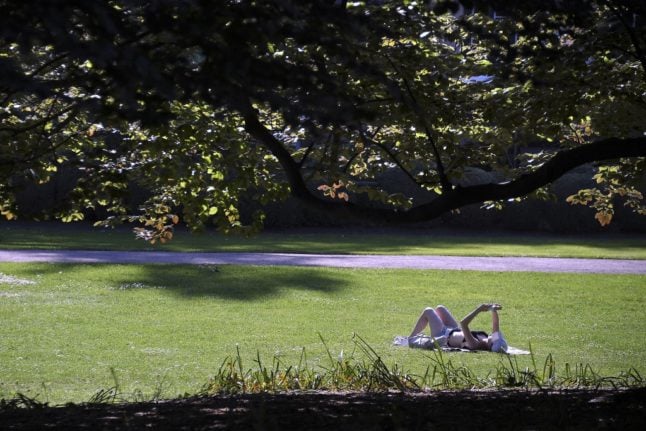Flexible working practices – a mix of in-office and at-home working – have become increasingly common in France since the Covid lockdowns proved that some jobs can be done just as easily from home as in the office.
During the lockdowns, télétravail (remote working) was compulsory for those whose jobs allowed it, it then became recommended but since late 2021, flexible working practices and work-from-home has been a matter for discussion between workers and their bosses.
A study by Insurance firm Malakoff Humanis has found that 38 percent of employees in France still do at least one day of télétravail per week.
READ ALSO Can your boss force you to work during a heatwave in France?
But, with France currently burning under a ferocious early summer heatwave that is expected to send temperature records tumbling, office space is quickly filling up.
Air-con is rare in French homes, but many office spaces have it and workers are keen to avail themselves of the cool air.
“I came for the air conditioning because I didn’t need to come to work today,” one office worker in the capital told Le Parisien. “This Friday, I’m officially remote working, but I’ll be here [in the office].”
Météo France expected the temperature to reach 35C in the capital on Friday. In the southwest of the country, the mercury was expected to pass 40C in cities including Bordeaux and Toulouse.
One Bordeaux computer engineer told the paper: “At home, it gets hot pretty quickly, you can easily reach 30C. It’s much more pleasant to work with a regulated temperature, without abusing the air conditioning for ecological reasons.”
And a financial manager – working shirtless and in shorts in his top-floor apartment in Marseille – said he regretted not bothering going into the office as the heat bit.
“If I open the windows, the hot wind blows in. When the windows are closed, I cook,” he said.



 Please whitelist us to continue reading.
Please whitelist us to continue reading.
Member comments